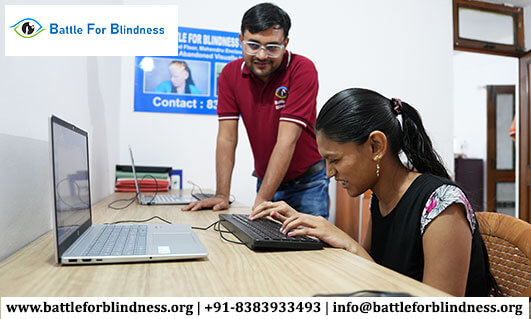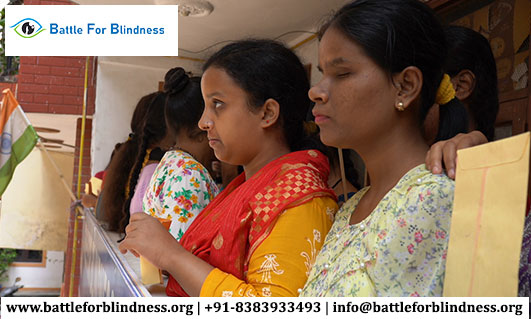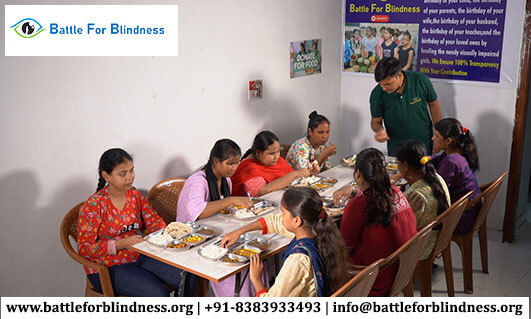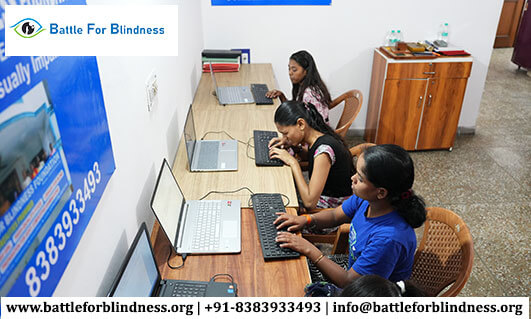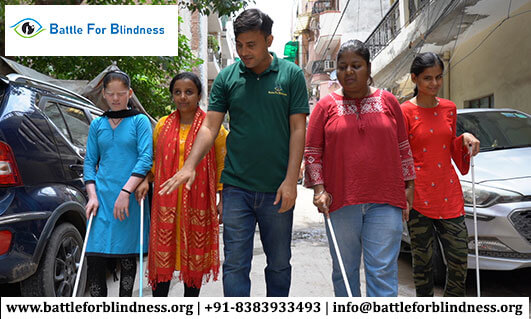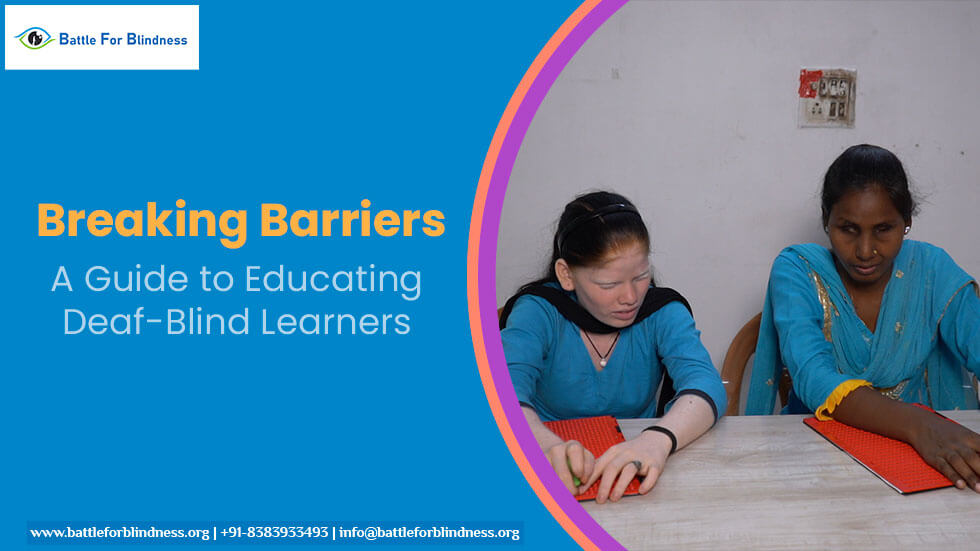
In a world that continuously strives for inclusivity, educating deaf-blind learners remains one of the most challenging yet rewarding tasks for educators and caregivers. Deaf-blindness, a combination of both hearing and vision loss, can create significant barriers to communication, learning, and personal development. However, with the right strategies, resources, and understanding, educators can break down these barriers, ensuring that deaf-blind learners have access to a meaningful education. This guide will explore effective methods and tools for teaching these exceptional students, focusing on overcoming challenges and fostering independence.
Understanding Deaf-Blindness: What You Need to Know
Deaf-blindness is a complex and unique disability. While it affects a small percentage of the population, it can vary greatly in severity. Some individuals may have residual vision or hearing, while others experience complete loss of both senses. Understanding this condition is the first step toward providing a supportive and effective learning environment.
It’s important to note that deaf-blind learners are not a homogeneous group. Each individual’s needs, abilities, and preferred methods of communication are different. Thus, personalization of education is key to their success.
Breaking Down the Communication Barrier
Effective communication is a cornerstone of education, and for deaf-blind learners, it is crucial to explore various alternative methods. Below are a few popular communication techniques that can be used:
-
Tactile Sign Language – This method involves using tactile symbols or signs that can be felt by the learner’s hands, allowing them to understand the gestures, movements, and signs made by the educator.
-
Braille – Braille, a tactile writing system used by the visually impaired, is essential for deaf-blind learners. Teaching Braille to these learners opens up the world of written communication, allowing them to read books, notes, and other materials independently.
-
Tactile Symbols – For learners who may not be familiar with sign language, tactile symbols can be used to convey ideas. These symbols represent words, objects, or concepts that can be touched and understood.
-
Communication Boards and Devices – A wide variety of communication boards, or assistive technology devices, can also help deaf-blind learners express themselves. These tools may range from physical boards to sophisticated speech-generating devices.
-
One-on-One Communication – Personal interaction through touch, gesture, and body language plays a crucial role in connecting with deaf-blind students. Direct, tactile feedback helps learners better understand their surroundings and the people they interact with.
Creating an Inclusive Learning Environment
An inclusive classroom is one where every student, regardless of their disability, feels welcome, valued, and supported. For deaf-blind learners, creating such an environment requires patience, empathy, and adaptability. Here are several key strategies to make the learning environment more inclusive:
-
Use of Sensory Modifications – While the classroom may be designed with visual and auditory stimuli in mind, it’s important to adjust the environment for a deaf-blind student. This can include adjusting lighting, minimizing distractions, and utilizing sensory-friendly materials.
-
Adapted Curriculum – Traditional teaching methods may not always be effective for deaf-blind learners. Instead, consider incorporating a curriculum that focuses on real-world experiences, hands-on activities, and multisensory learning. This approach helps engage the learners and makes learning tangible.
-
Support from Assistive Technology – Advances in technology have made it easier for deaf-blind learners to engage with educational content. Specialized software, accessible e-books, and speech-to-text applications are just a few examples of how technology can enhance the learning experience for these students.
-
Collaborative Learning – Encourage group activities and collaborative learning, where deaf-blind students can interact with their peers. This fosters socialization and the development of valuable interpersonal skills.
-
Focus on Mobility and Orientation – Mobility training and orientation are essential for building independence. It’s important to provide opportunities for deaf-blind learners to navigate different environments, using tactile maps or tools that assist with wayfinding.
Supporting Families and Caregivers
The role of families and caregivers in the education of deaf-blind learners is pivotal. They are often the primary advocates and supporters of the learner’s education. It is important for educators to work closely with families to develop individualized plans that cater to each learner’s unique needs. Training parents and caregivers in communication techniques, mobility strategies, and using assistive technologies can make a significant difference in a child’s development.
Overcoming the Challenges
Educators and families face many challenges when it comes to teaching deaf-blind learners. One of the major hurdles is a lack of resources and trained personnel. To address this, it’s important to ensure that educators are well-trained in special education and have access to specialized tools.
Another significant challenge is the emotional and social development of deaf-blind learners. Since communication can be more difficult, many learners may struggle with isolation and frustration. That’s why fostering a strong support system and encouraging social interactions is essential for their emotional well-being.
Key Resources for Educators and Caregivers
-
National Federation of the Blind (NFB) – The NFB provides valuable resources, training programs, and advocacy for the blind and deaf-blind communities.
-
American Foundation for the Blind (AFB) – AFB offers resources on technology, Braille literacy, and special education for visually impaired learners.
-
Helen Keller National Center (HKNC) – This organization is dedicated to the education and training of individuals who are deaf-blind and offers extensive resources for educators and families.
Conclusion: Fostering Independence and Empowerment
Breaking barriers in the education of deaf-blind learners is about creating opportunities for independence, communication, and social interaction. With the right tools, strategies, and support, these learners can thrive and lead fulfilling lives. Educators, caregivers, and the community at large must come together to ensure that every deaf-blind learner receives the quality education they deserve.
By embracing technology, adapting teaching methods, and advocating for inclusive practices, we can create a future where deaf-blind learners not only break through barriers but also help redefine what is possible in the realm of education.
